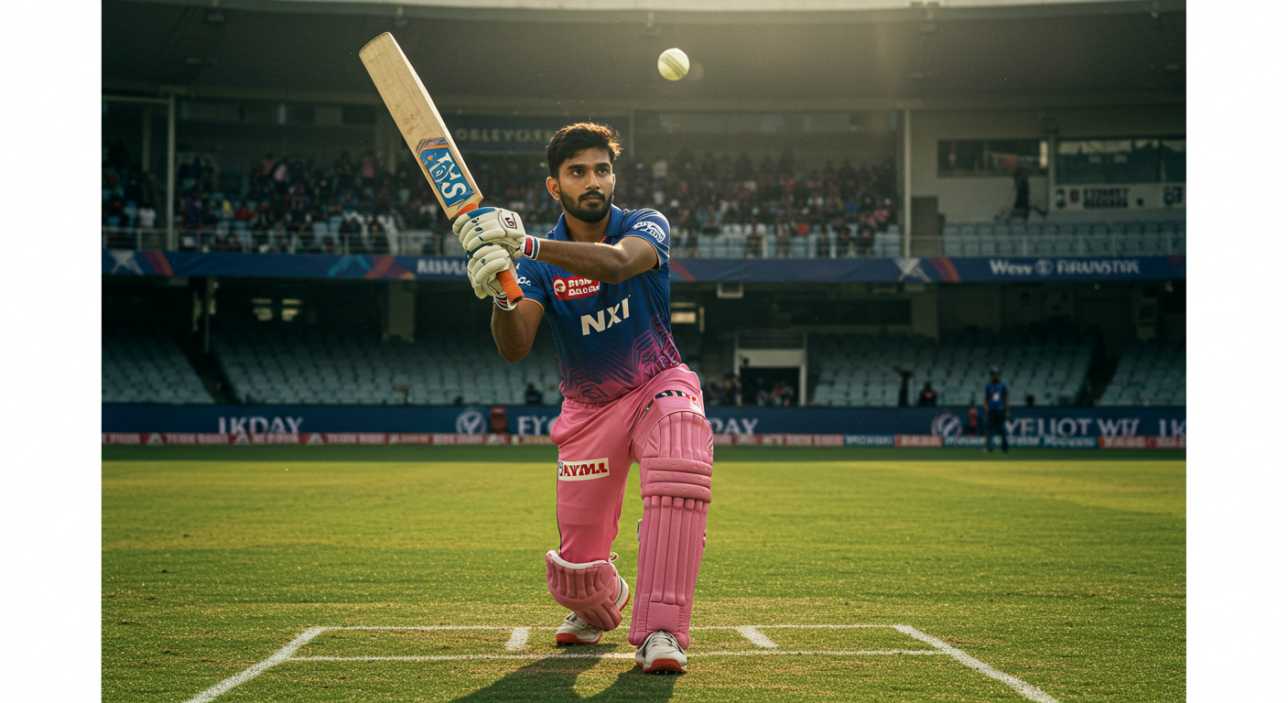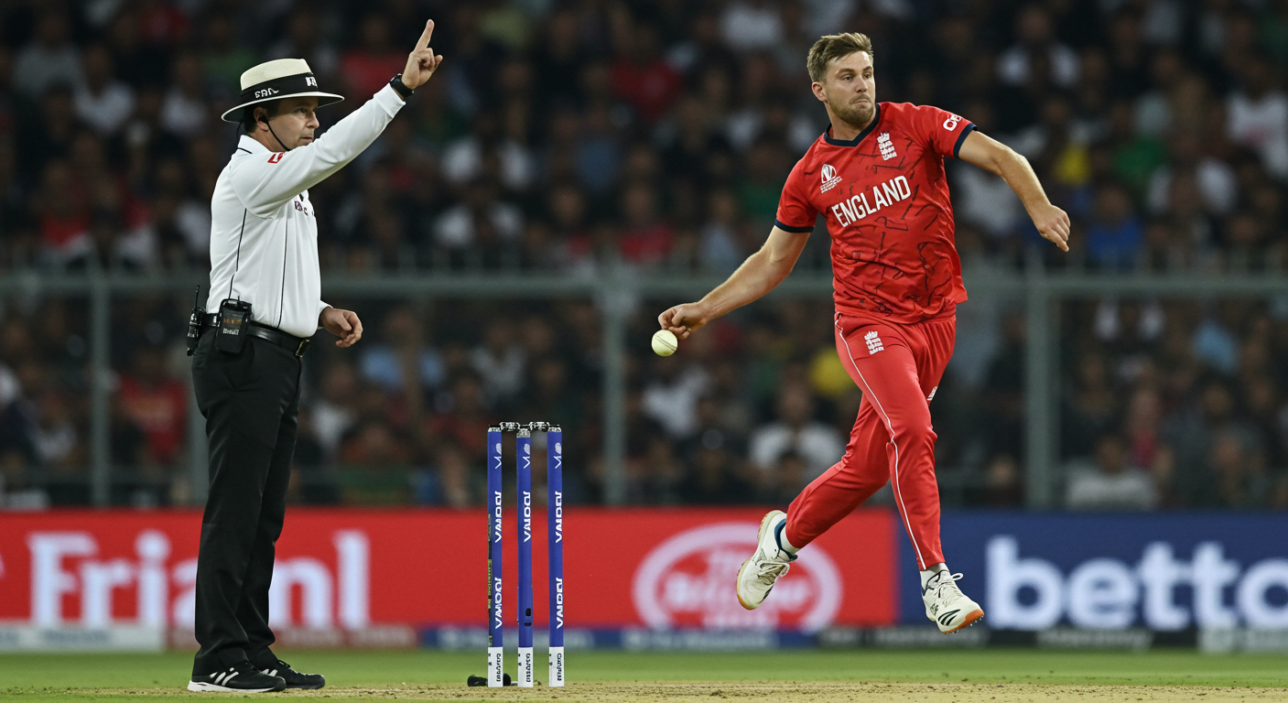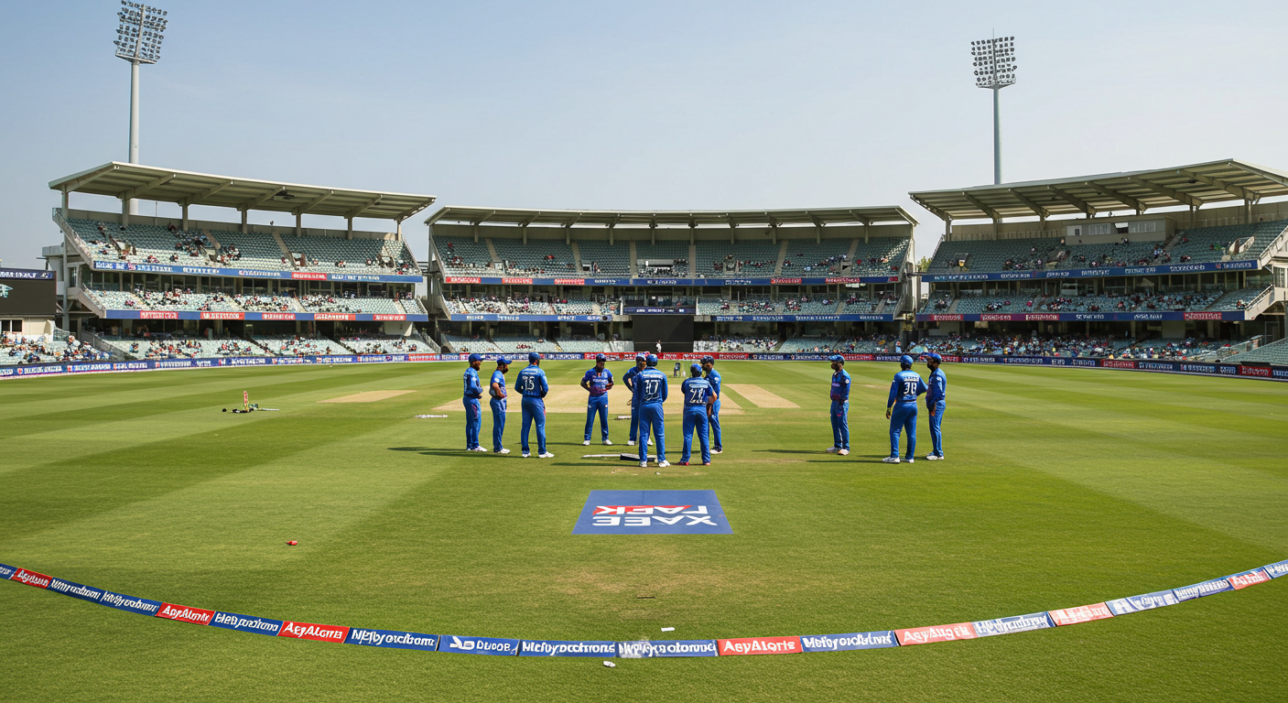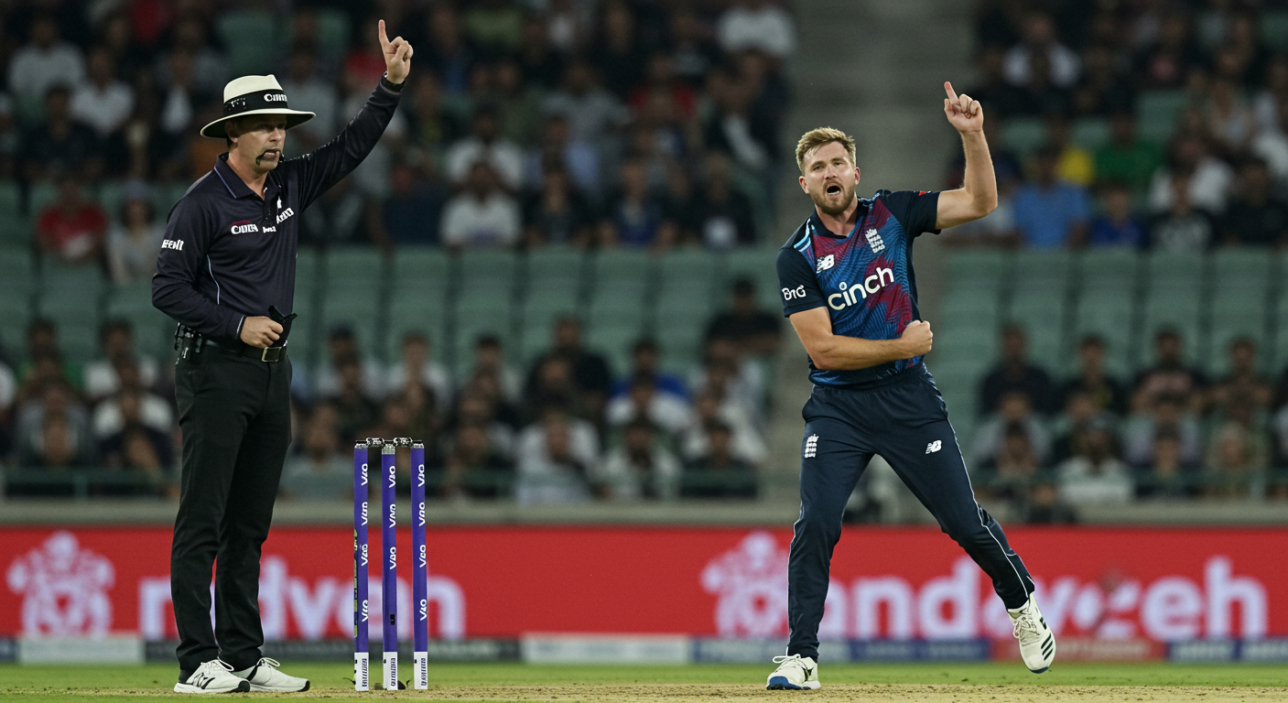
How T20 Cricket Changed the Game Forever
When T20 cricket was first introduced, it was seen by many as a gimmick — a novelty experiment to attract casual fans with fireworks, music, and quick results. Fast forward two decades, and it’s clear that this “short format” hasn’t just survived; it has revolutionised the sport from top to bottom. From how teams prepare to how fans engage, from grassroots coaching to global broadcasting rights, the ripple effect has touched every layer of the cricketing ecosystem.
Traditionalists may have once scoffed, but the impact is undeniable. Players now train for roles that didn’t even exist in the Test or ODI formats. National boards structure entire calendars around T20 leagues. Teenagers learn reverse sweeps before they master the forward defensive. It’s not simply that a new format emerged — it’s that an entirely new way of thinking took hold.
In this article, we explore how T20 cricket changed the game — not just in terms of duration, but in attitude, approach, and global reach. From fielding brilliance to financial transformation, from data-driven analysis to explosive batting, we break down the fundamental shifts T20 cricket has brought to the sport.
1. Batting Revolution: Power, Innovation, and No Fear

One of the clearest indicators of how T20 cricket changed the game lies in batting. Where once a strike rate of 80 was respectable, now even 120 might be considered pedestrian. Modern batters are expected to score fast and take risks from the very first ball — and they’re rewarded handsomely for doing so.
Players like Jos Buttler, Suryakumar Yadav, and Glenn Maxwell aren’t just talented — they’re fearless innovators. Ramp shots, switch hits, and scoops have become mainstream. Bowlers are no longer feared; they’re studied and dismantled. This shift has fundamentally altered coaching at all levels. Young players now practise unorthodox shots as part of standard training.
Even longer formats have felt the shift. England’s Test team under Ben Stokes has adopted an attacking style dubbed “Bazball”, clearly inspired by T20 aggression. The mindset has changed — scoring fast is no longer reckless, it’s strategic.
In terms of psychology, tactics, and skillsets, T20 has reshaped what batting excellence looks like. Teams build line-ups based on firepower and versatility rather than classic technique. It’s not just about style — it’s about a redefinition of intent. That’s one of the key examples of how T20 cricket changed the game.
2. Fielding Standards Raised Across the Board
Fielding was once the overlooked discipline — the thing players “did” between batting and bowling. That’s no longer the case. In the T20 era, every run saved is as valuable as one scored, and teams can no longer afford passengers in the field. Players are judged not only by their primary skill but also by their athleticism, reflexes, and commitment in the outfield.
Cricketers like Ravindra Jadeja, Faf du Plessis, and David Warner have redefined what elite fielding looks like — chasing down balls that once would’ve been boundaries, pulling off one-handed screamers on the rope, and converting half-chances into moments of magic. Young players coming through now treat fielding as a headline skill rather than an afterthought.
Coaches use specialised drills, GPS trackers, and video feedback to assess fielding performance. Franchise contracts increasingly reflect the importance of all-round athletic ability. The crowd reacts to a diving stop with the same intensity as a six.
This transformation in attitude and expectation is a vivid example of how T20 cricket changed the game. Fielding is no longer a bonus — it’s a core requirement for success in modern cricket.
3. Bowlers Evolved or Got Left Behind

If you think T20 turned the game into a batter’s paradise, think again. While the format initially looked unforgiving for bowlers, it has actually forced them to evolve in fascinating ways. Yorkers, slower balls, back-of-the-hand deliveries, wide-angle bouncers — these tools didn’t just appear out of nowhere. They became survival skills.
Bowlers like Jasprit Bumrah, Wanindu Hasaranga, and Rashid Khan have thrived not by avoiding risk, but by embracing variation and psychology. Reading the batter, setting traps, and bowling to plans over raw pace or spin has become essential. In fact, economy rate is now just as important as wicket-taking ability.
Captains also have to think differently — managing overs with surgical precision. Who bowls in the powerplay? Who takes the death overs? How do you defend small totals on flat pitches with short boundaries? These questions have forced a tactical depth rarely seen in the past.
What’s clear is that bowling has not become obsolete — it’s become smarter. Bowlers have adapted, transformed their skillsets, and begun to take control of a format once thought to sideline them. It’s one of the most significant ways how T20 cricket changed the game from the inside out.
4. The Rise of the Franchise Cricketer
In previous generations, international caps were the pinnacle. Now, a cricketer’s stock is equally — if not more — determined by success in global leagues. The T20 boom birthed a new kind of professional: the franchise cricketer. Someone who might play for five different teams in one calendar year, across as many countries, with a bigger social media following than their national captain.
Players like Andre Russell, Kieron Pollard, and Liam Livingstone became household names not through Test exploits, but by dominating in leagues like the IPL, BBL, CPL, and The Hundred. These competitions offer fame, fortune, and fierce competition — all on a three-hour match timeline.
With that shift came a new cricketing economy. Central contracts, once the gold standard, are now rivalled by auction prices and match fees in league play. Players weigh national duty against franchise opportunity. Some even retire from international cricket to prolong their T20 careers.
This global circuit has blurred national borders, creating a new identity for the modern cricketer: adaptable, marketable, and always on the move. It’s impossible to talk about how T20 cricket changed the game without acknowledging how it reshaped the business of playing it.
5. Data and Analytics Became Essential

Once confined to scorecards and averages, cricket analytics have undergone a revolution — and T20 is at the centre of it. The format’s condensed structure demands smarter decision-making, which has opened the door to a flood of data-driven strategies. It’s no longer just about gut feeling. Match-ups, strike rates against certain types of bowlers, and heat maps of fielding positions are now discussed daily.
Franchises employ full teams of analysts to assess everything from bowling patterns to when a batter is most vulnerable. Coaches are seen with laptops and tablets mid-match, tweaking field placements or planning substitutions. Even fans have caught on — terms like “impact player” and “death overs economy” are now mainstream.
Players too have embraced the numbers. Bowlers work on creating angles or disguising variations based on data. Batters know their strong zones and where to attack. Some even simulate entire scenarios using VR or AI-backed tools during training.
This analytical shift has changed not just how the game is played but how it’s coached, discussed, and experienced. In the past, instinct ruled cricketing minds. Now, insight is king. There’s no doubt this is a core example of how T20 cricket changed the game — with logic, precision, and spreadsheets leading the way.
6. Global Expansion and New Audiences
Cricket used to have its strongholds — England, Australia, India, and a handful of others. But T20 has thrown open the gates. The format’s short duration, quick thrills, and star power make it the ideal entry point for countries without a deep cricketing history. Leagues have emerged in the USA, UAE, Canada, and beyond — each with a blend of local talent and international icons.
What’s driving this spread? Accessibility. You don’t need to sit through five days of play to understand the stakes. A few big shots, a thrilling chase, or a clever bowling spell and you’re hooked. Broadcasters love it. Sponsors adore it. And audiences, particularly younger ones, respond to it.
National boards have caught on. Associate nations like Nepal and the USA now feature regularly in high-profile T20 competitions. Stadiums are springing up in places that barely had cricket infrastructure a decade ago. T20’s global rise isn’t an accident — it’s a strategic movement backed by television deals, league models, and social media virality.
In terms of reach, inclusivity, and cultural crossover, no other format comes close. That’s yet another reason how T20 cricket changed the game — by taking it to places that once seemed unimaginable.
7. The Redefinition of a ‘Cricketing Career’
Not too long ago, the ideal cricketing career followed a predictable arc: break into domestic first-class teams, earn a Test debut, and aim for 100 caps. T20 has disrupted that completely. Now, young players are skipping red-ball cricket entirely, going straight into franchise setups. And why wouldn’t they? The money is better, the fame arrives quicker, and the workload, while intense, is more controllable.
Take the case of Dewald Brevis or Vaibhav Suryavanshi — players who gained notoriety not through first-class centuries, but jaw-dropping T20 feats. Careers are now being built on six-week league stints, YouTube highlights, and fantasy league stats. Fitness regimes, sponsorship deals, even media training — all now revolve around the demands of short-format success.
Coaches are adapting too. Academies are now focused on white-ball skills, T20 tactics, and preparing cricketers for the global circuit, not just national duty. And some players, once overlooked in traditional formats, are now making entire careers out of T20 opportunities.
This shift in structure and aspiration is a defining mark of how T20 cricket changed the game. It hasn’t just created a new pathway — it’s replaced the old one entirely for thousands of aspiring professionals around the world.
8. Commercial Growth and Financial Power

T20 cricket hasn’t just altered how the game is played — it’s reshaped how the game is funded. The commercial explosion surrounding the format has introduced unprecedented revenue into the sport. From billion-dollar broadcasting rights to mega sponsorship deals, the short format has become a financial juggernaut. The IPL alone is valued higher than some national sporting bodies, with global reach and massive year-on-year returns.
Players have benefitted enormously. Match fees, brand endorsements, and league auctions have turned previously modest earners into millionaires. Off the pitch, ticket sales, merchandise, and digital content are thriving like never before — all fuelled by the fast-paced appeal of the format.
T20 has also unlocked investment from private owners, not just cricket boards. Franchise owners from other sports, tech sectors, and even Bollywood now have a stake in the game’s future. That diversification has made cricket more dynamic — and more stable financially — than ever before.
It’s impossible to discuss how T20 cricket changed the game without acknowledging its economic impact. The format turned cricket from a seasonal passion into a year-round industry, where commercial planning is as important as selection strategy.
9. Fan Experience Became Central
Gone are the days when cricket was followed only through radio commentary and newspapers. Today’s T20 fan expects livestreams, behind-the-scenes footage, augmented reality graphics, and constant social media engagement. Stadiums are designed for spectacle — DJ booths, light shows, fan zones — while online audiences enjoy drone shots and split-screen analytics.
This shift in audience expectation has directly influenced how the sport is packaged. Teams now hire digital content creators, use TikTok influencers to drive campaigns, and tailor match highlights to suit Instagram reels and YouTube Shorts. Players themselves engage directly with fans, building personal brands in a way that was once reserved for footballers.
This demand for accessibility and immediacy is not limited to viewing. Fantasy leagues and in-play betting apps have created interactive layers, allowing fans to feel part of the action in real time.
The transformation of the fan experience is one of the most important examples of how T20 cricket changed the game. The audience is no longer passive. It’s a participant, a contributor, and often, the driving force behind innovation.
Conclusion: How T20 Cricket Changed the Game Far Beyond the Boundary

There’s no question how T20 cricket changed the game — not as a side format, but as the new centre of gravity. It didn’t just tweak a few rules or add some floodlights. It redefined batting, bowling, fitness, fandom, finances, and careers. From school-level coaching to ICC broadcasting deals, T20 has left fingerprints on every aspect of the sport.
Its greatest achievement? Making cricket truly global and inclusive. Fans in New York can follow a league in Dubai while rooting for an Indian star who’s just come off a stint in Birmingham. The sport is now shorter, faster, louder — and more accessible than it has ever been.
Yet for all the razzmatazz, the essence remains. T20 still hinges on courage, decision-making, and moments of magic — just delivered in a condensed, high-octane format. It has found a way to honour cricket’s roots while reshaping its future.
Whether you’re a lifelong Test purist or someone who discovered cricket via a viral T20 clip, the game you love has changed. And that change, driven by the 20-over revolution, is now woven into cricket’s identity forever.





